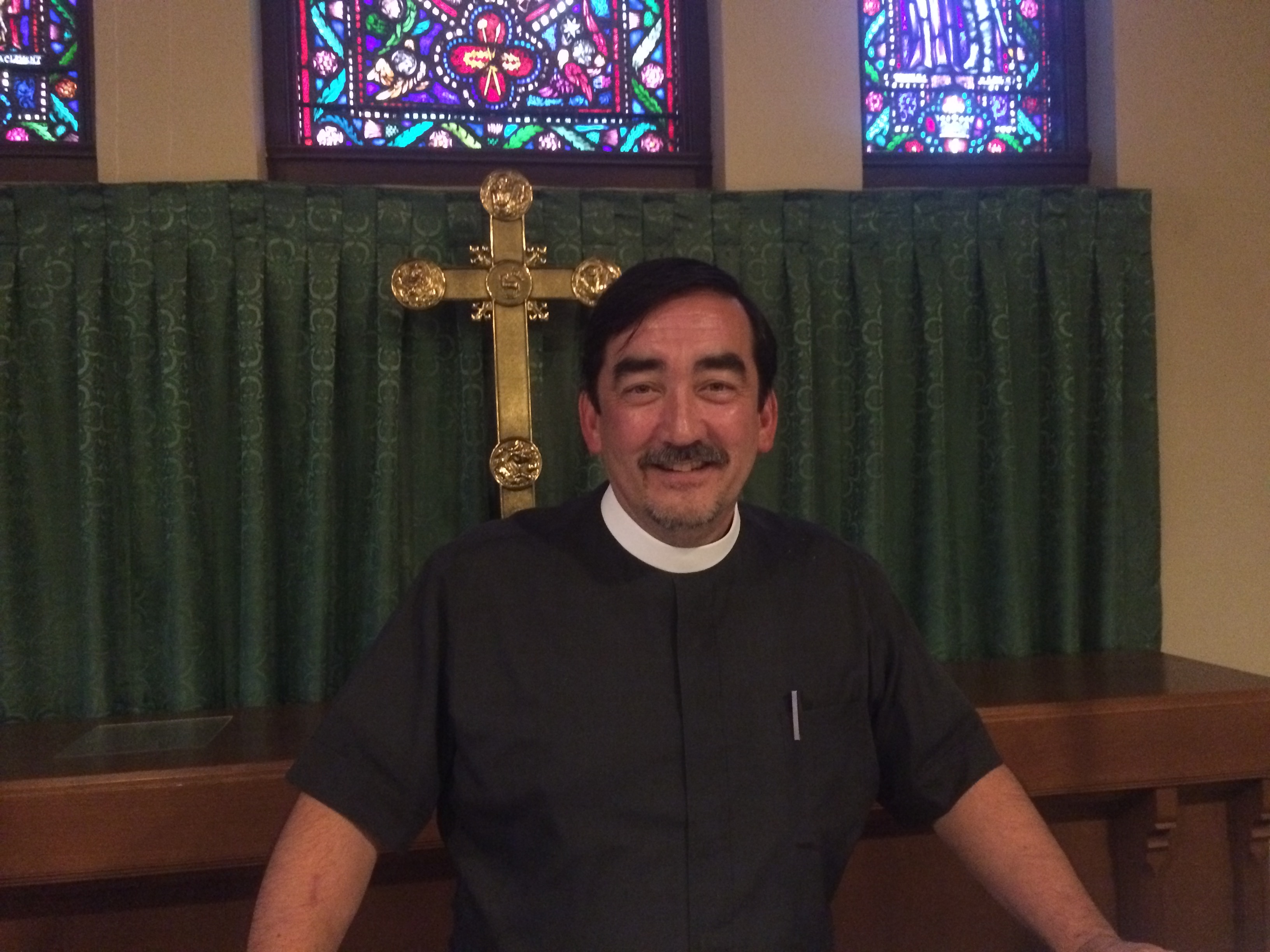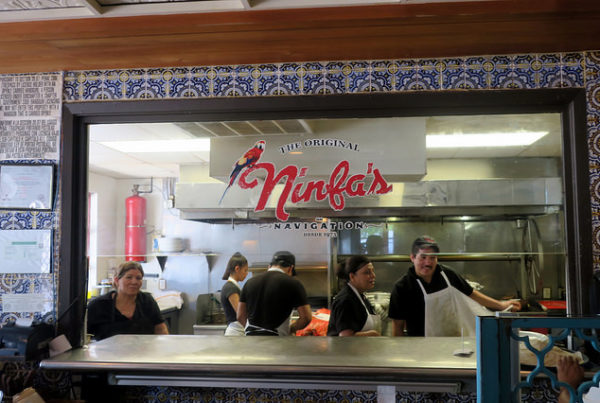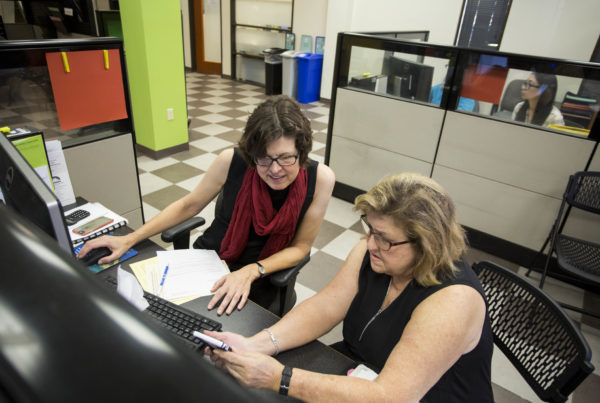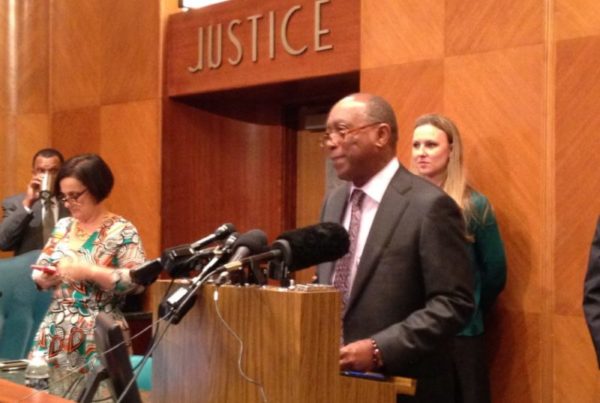The Confederate Flag has sparked divisive feelings for more than 150 years. But you might peg the beginning of the most recent debate over its place in the U.S. to 2015. That’s when former South Carolina Governor Nikki Haley decided to remove the flag from the state Capitol grounds. Her decision was part of a response to the killing of nine black churchgoers by a white supremacist in Charleston.
Haley’s decision unleashed protests.
Then came Charlottesville this summer, with deadly confrontations over a Confederate statute. Trying to avoid more protests, cities like Baltimore and institutions like the University of Texas at Austin decided to remove confederate symbols in the middle of the night
The debate is even happening in places of worship. The National Cathedral in Washington decided to take down stained-glass windows that honor confederate figures. And a church in Austin is now weighing a similar decision. Denise Davis goes there.
If you were to attend All Saints Episcopal Church in Austin, the church Denise Davis and her children called home for more than 15 years, you would notice communion is a big part of the service. People walk up to the altar and kneel.
Priests in green robes embroidered with intricate gold designs hand out wafers.
The soft light of a fall morning comes through the stained-glass windows and lights the images of strong Episcopalians of the past. Among them is General Robert E. Lee.
Denise Davis no longer worships at All Saints. The window has bothered her for a long time. But last year, she approached one of the leaders of All Saints, Madre Cynthia Caruso, with a letter
“…Saying that she loved us, but she was going to have to leave the church because of this window and – in particular because she could not invite a friend to worship with a slave holder in the window above the altar.” Caruso says.
That letter was the catalyst for a year-long series of dinner conversations where people in the congregation talked about what the stained-glass window meant and represented to them.
Father Mike Adams leads All Saints.
“This altar window, the three panels, is actually the entirety called “The All Saints Window.” You can see, the bottom center, says “In Loving Memory of Robert Brown.” His wife did this in his memory and I think this window was put up in 1930,” Adams says.
Back then, the window went through a rigorous review process. Professors at the University of Texas looked at it. And it fit with the church’s very traditional architecture that dates back to 1899. And so the window went up in the 1930’s.
At the time, the congregation was all white. Today it’s still mostly white, but it’s surrounded by a very diverse community. The church sits in the middle of the University of Texas campus. And yet, Denise Davis was one of only three black people at All Saints. But she was not the only one offended by the window. Father Adams has learned it is offensive to others too.
“You’d think people in the church would get that. Look behind the altar,” Adams says.
He’s talking about a golden cross.
“In 1st century Palestine, crucifixion was a horrific form of execution. That now is a symbol of love,” he says.
In the same way the meaning of the cross has changed, Adams says, Robert E. Lee is no longer a person. He has turned into a symbol.
“And, unfortunately, as Charlottesville may have pointed out rather poignantly, that symbol is now one that most folk in the church cannot condone which is a symbol of hatred or racism or, God forbid, worse, white supremacism or anything like that,” Adams says.
All Saints has decided the window must come down, out of respect to others, but the congregation is painfully torn. Denise Davis has officially left the church. The church’s only black staff member tells me, window or no window, racism is in the heart and how do you tear that down? All Saints has yet to decide when to tear down the window and what to replace it with.
At the end of the service, Adams and Madre Caruso march down the aisle on their way out of the church. They hold a massive cross and sing a “song of expectation.” They sing, “Clear before us through the darkness gleams and burns the guiding light: trusting God we march together stepping fearless through the night.”




















